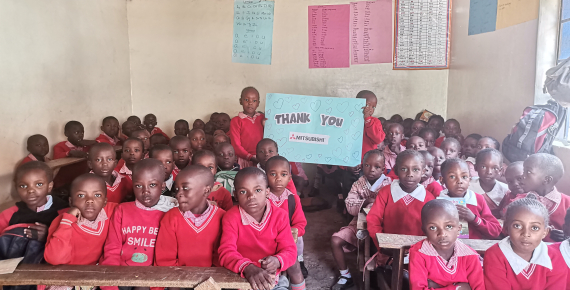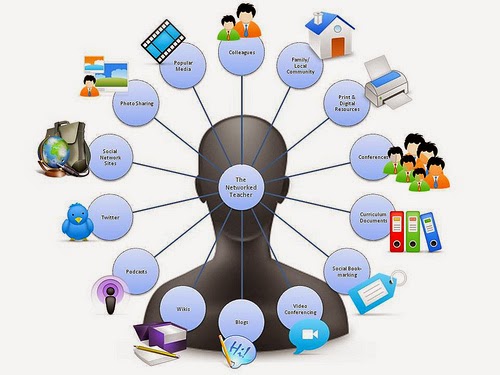Best Tips To Selecting Italian Primary Teaching Materials
Wiki Article
What Are The Most Effective Educational Aids, Manipulatives, As Well As Visual Aids To Italian Preschoolers?
Italian nursery schools benefit from using a range of materials that can support the learning and development of their children. Here are a few examples of appropriate materials: Manipulatives: Manipulatives are toys that children can use to explore, learn and improve their problem-solving and fine motor abilities. For example manipulatives like blocks, puzzles pegboards sorting and stacking games may be appropriate for Italian preschoolers.
Visual aids are an excellent tool to help children understand and retain concepts and develop their language. For Italian nursery school, visual aids such as posters and charts picturesbooks, flashcards and picture books are appropriate.
Educational Technology The use of technology in education is a great option to boost the learning process and provide students with additional tools. Italian technologies for nursery schools include tablets with touchscreens, educational applications and interactive whiteboards.
It is important to note that any educational material used in Italian kindergartens should be age-appropriate, safe, and culturally relevant. Materials should be selected by taking into consideration the individual demands and interests of the children at the school. Teachers and the caregivers in the nursery school must to regularly update and evaluate the materials they employ in order to ensure they are active and efficient. Take a look at the top rated materiale didattico italiano for more info.

What Maths Books For Teaching Are Suggested For Italian Nursery Schools?
Maths-related didactic cards are an excellent way to introduce young children in Italian nurseries with basic math concepts. Below are a few types of Maths didactic cards that could be recommended: Number cards: These cards can help children learn the numbers 1-10 or more. The cards are able to be illustrated using objects or animals to help in making learning more enjoyable.
Shape cards aid children in learn the names of different shapes such as squares, rectangles, triangles and circles. They may also include illustrations of real-life objects that represent the various shapes.
Color cards: Color cards help children learn the names of shades of colors and their associated shades. To make learning more enjoyable it is possible to include images of objects that have a dominant color.
Counting Cards can help children learn from 1 to 10, or even more. Counting cards can be designed by using animals or objects as a representation of the number.
Time cards. Time cards are a great way to teach children names, dates and times of months and weeks. To make the learning process more enjoyable, they can be illustrated using clocks or calendars.
Choose Maths didactic cards for young children that are fun, age-appropriate, and interactive. Teachers and parents are able to use these cards to engage children in fun, interactive Maths activities that encourage curiosity and enthusiasm in children. Have a look at the recommended schede didattiche matematica sostegno for more tips.

What History Teaching Materials Will Italian Nurseries Require?
Materials for teaching history in Italian nurseries can help children discover the past, understand the present and build an identity and sense of belonging. Below are some examples that can be helpful in teaching history: Age-appropriate material Texts that are appropriate for ages and present historic events, cultures, or people can encourage youngsters to be interested in the past.
Artifacts and Pictures. Pictures from different times and cultures will aid your child to visualize and appreciate historical actions and methods.
Timelines and maps: Timelines and maps can help children to understand the chronology of historical events and their connections.
Storytelling: A powerful tool to expose children in an engaging manner, with lasting memories to historical events or people is storytelling.
Dramatic play. Dramatic games are a great way to help children understand and recreate the past.
Field trips: Children can learn history through hands-on activities as well as experiences at local historical sites or museums.
It is crucial that all history teaching materials are suitable for the age group and that they are sensitive to cultural differences. Teachers and parents are able to make use of these materials to develop exciting, interactive activities in the field of history for children that will encourage their curiosity and passion for learning. Follow the recommended materiale didattico storia sostegno for website advice.

What Are The Best Resources To Use In Teaching Geography In Italian Schools?
Geography-related teaching materials used at Italian nurseries can help children develop an awareness of the world around them, and also learn about different cultures and environments. These are some examples for geography-related teaching materials that may be required such as maps. They can help children learn about the geography and geography of various nations and regions and the locations of natural landmarks.
Globes help children to visualize the Earth's surface and are a great way to educate about the continents as well as the oceans.
Pictures and videos. Pictures and videos of various cultures, locations, and people can teach children about the world.
Books: Age-appropriate books featuring diverse cultures and places will help develop children's interest in the world of geography.
Natural materials can aid children learn about various ecosystems.
Field Trips: Kids can gain valuable geography knowledge through field trips to local parks, zoos and museums.
It is essential to choose the right geography resources that are appropriate for children's age and culture. Teachers and parents can utilize these resources to design engaging and engaging geography lessons that promote children's curiosity and fascination with the world that surrounds them. See the top schede didattiche geografia for site info.
